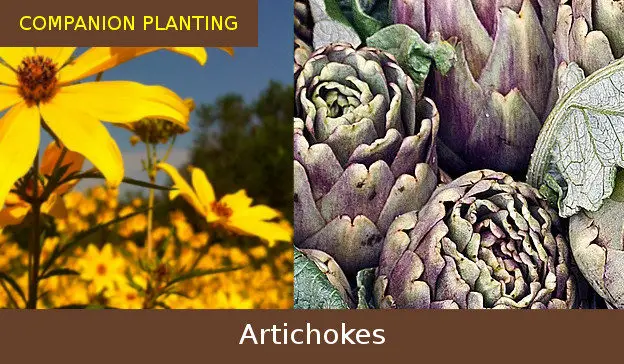Companion Planting Carrots

Nothing beats the taste of a freshly pulled carrot, and nothing is more disappointing than pulling a carrot only to find it is riddled with the tracks of the carrot fly. So to help combat this threat I bring you companion planting carrots. Companion Planting Carrots Carrots come in many different shapes and colours. The one constant however is the aroma. They all smell the same and as such they all need disguising. That’s where the companion planting comes in. For more information on growing carrots click the link. Carrot Fly Know Your Enemy The carrot fly lays its eggs… → Read More












